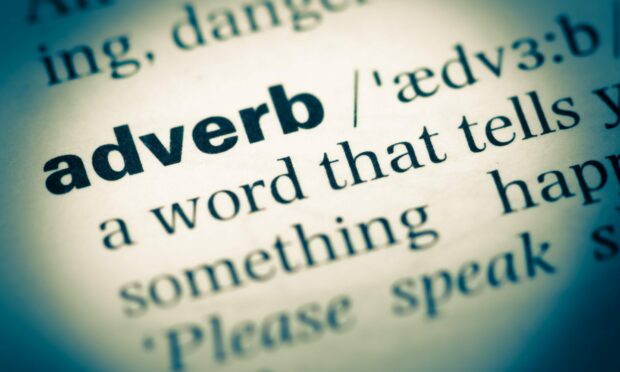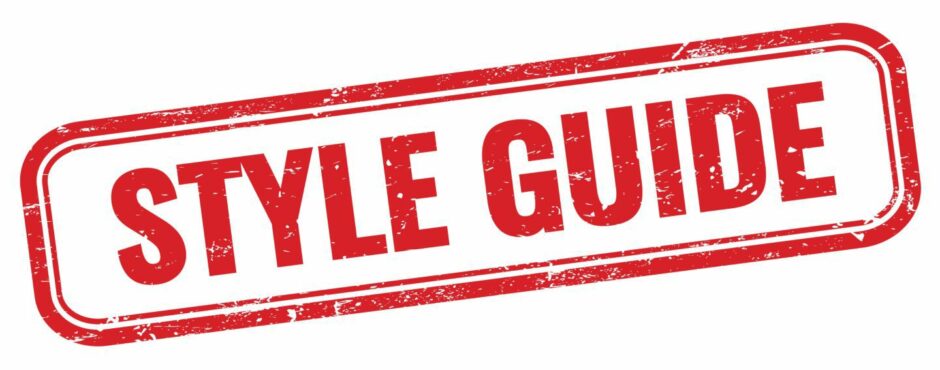I am going to use today’s column to rattle through a few thoughts about maintaining standards. Stop me if I go too quick for you.
Or should that be too quickly?
The reader who wrote in to berate us for saying, in a recent court report, that a car was going “too slow” would no doubt say it should.
For my part I tended to agree – and had it amended – but the debate the complaint sparked among colleagues suggested it was by no means an open and shut case.
The use of such “flat adverbs”, as I now know they are called thanks to this episode, turns out to be one of those myriad aspects of English on which even expert linguists are on different pages.
Now there is a case to be made that we should leave them to argue over that in their ivory towers and agree that in the real world all that matters is that readers know what is meant.
A flat adverb has the same form as its related adjective: like 'safe' in "drive safe" and 'easy' in "take it easy." https://t.co/fhH65Y68Xi
— Merriam-Webster (@MerriamWebster) April 13, 2018
Leaving off that –ly was certainly not something I’d ever think of giving someone a serious telling off over.
Our own style book guides us on right choices
But at the same time there is a lot to be said (we know there is because a lot of readers say it a lot) for the clarity and consistency across our content – online or in print – that can only come from having a set of rules and guidelines.
That is why we have our own style book, a kind of newsroom bible that guides us down the right path wherever there are choices to be made in spelling, grammar or punctuation.
It is because we have one that a court case in the P&J should only ever be getting “under way”, not “underway” – and why at the end of it you can expect to read about a judgment, not a judgement.
Why there should be no confusion between practice and practise, licence and license.
It is why eight and nine should be followed by 10 and 11, why the north-east has a hyphen and never any capital letters and why you should never be confronted by jargon you would need a dictionary of council-ese to translate or three long words where one short one would do.
Language evolves as the world itself changes
I say “should” advisedly. My mailbag and inbox are never short of examples sent in by eagle-eyed readers of where they think we have fallen short of the standards they have come to expect of us.
Sometimes they are right and sometimes wrong, but in either case they are a welcome reminder of how important it is that we do not slack in our checks.
The style guide is not set in stone.
As language evolves, new concepts are born and the world itself changes, so decisions are made on how we will deal with them. At times we find ourselves in the vanguard of this process, at other times taking up the rear.
The pandemic brought us unfamiliar medical terminology to deal with, for example, and since Putin’s invasion we no longer refer to the capital of Ukraine using the Russian version of its name.
So not set in stone, but still at present a document – something which will change soon as we bring together all the rules and guidance we ask our staff to stick to in one easily-accessible online place.
That extends from everything from where to place apostrophes to how to report sensitively on suicide.
I tell you this to try to answer those voices who believe we are less concerned than we were in the past with the quality of our output, that somehow writing for a website as well as the printed page means we are no longer bothered about maintaining high standards.
Nothing could be further from the truth, nor more likely to erode the trust in us that we know is the most essential commodity if we are to keep growing our audience.
Do you have a question about the way we work? Please comment below or send it to readersombudsman@pressandjournal.co.uk


Conversation